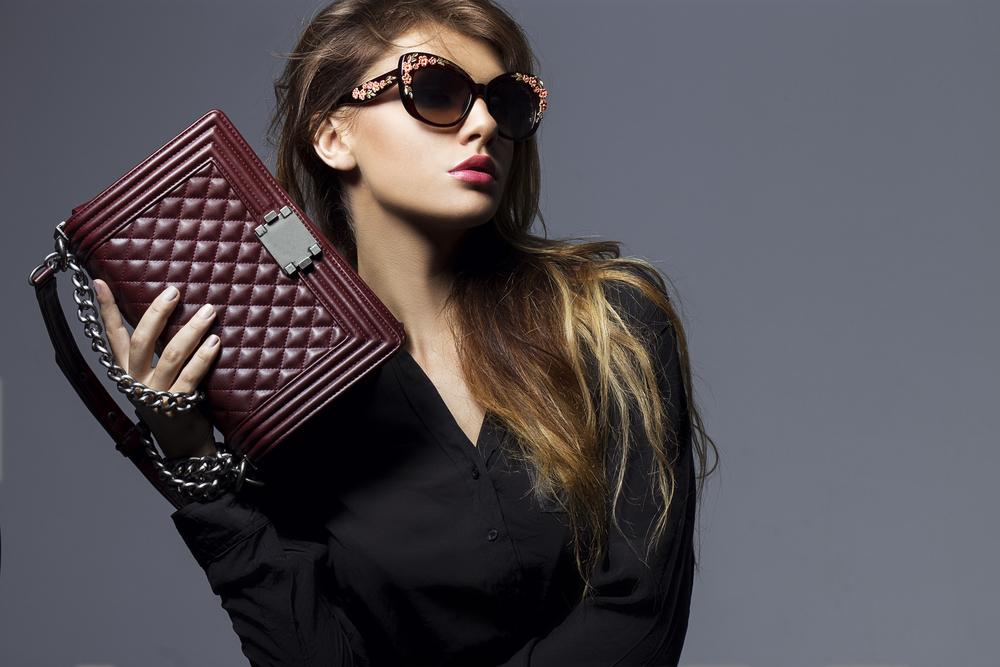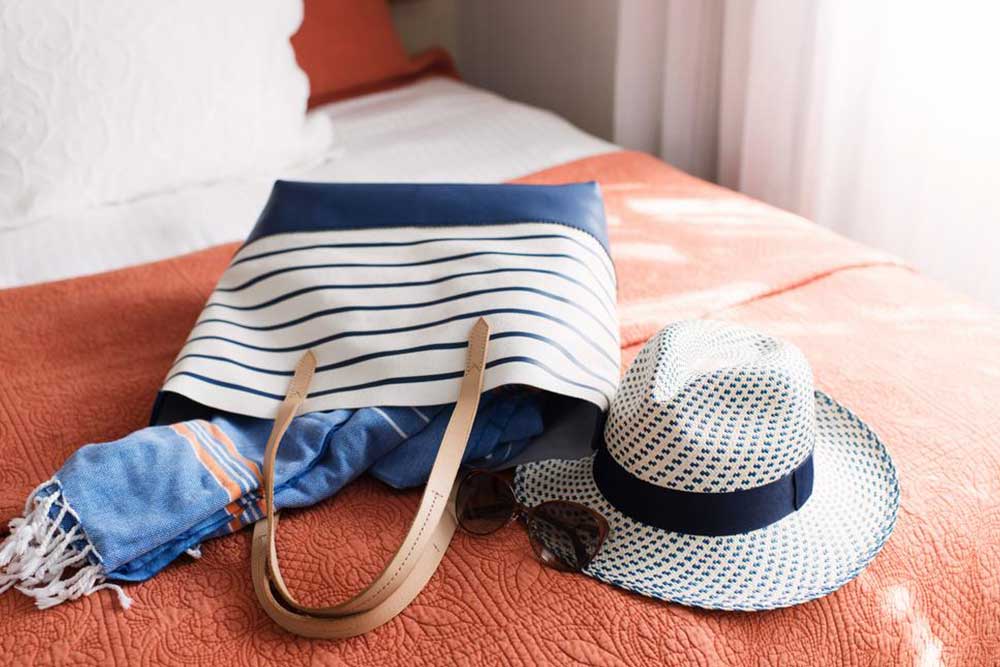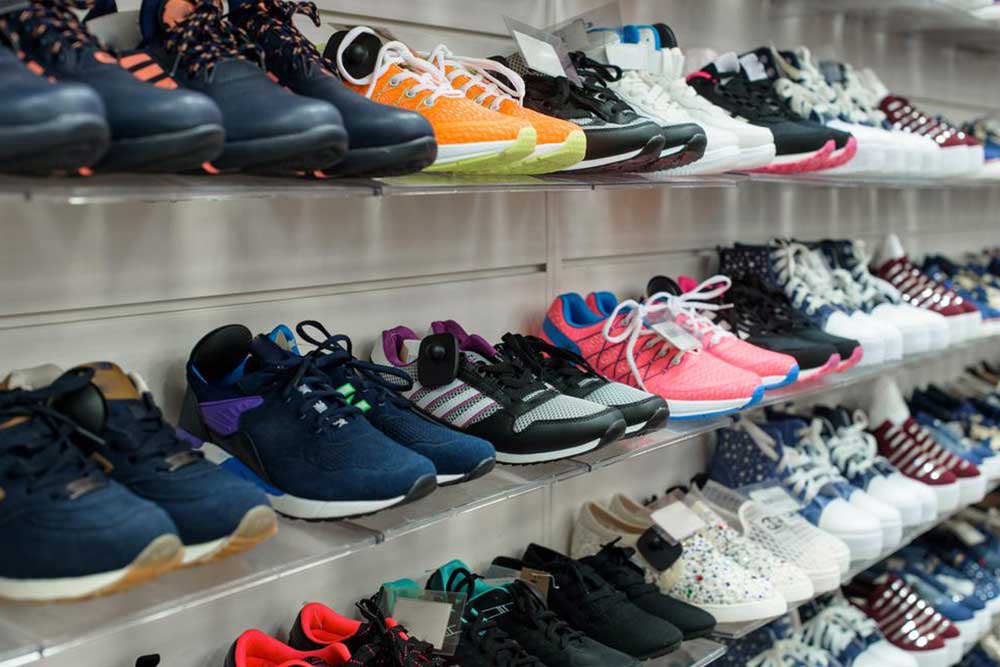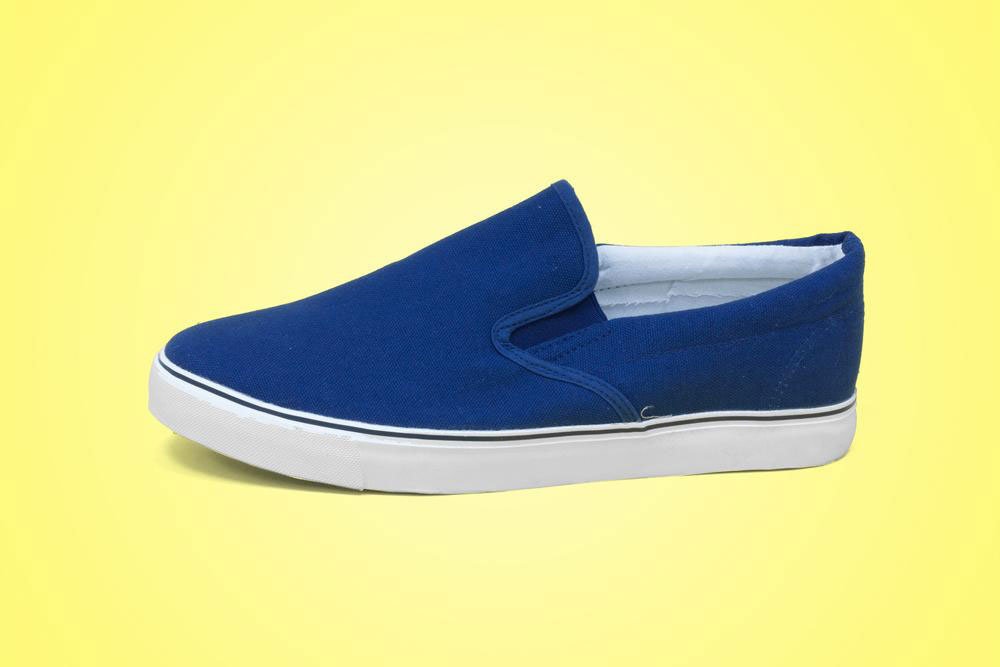How to Tell Genuine Leather Handbags from Fakes
Learn expert tips to distinguish real leather handbags from imitations. From labeling and texture to water tests and smell, this guide helps you make informed purchases. Buy authentic, high-quality leather accessories with confidence by following our practical advice. Ensure your investment in luxury handbags is genuine and durable, avoiding counterfeit fakes easily. Perfect for fashion enthusiasts and shoppers seeking authenticity in their leather accessories.

Throughout history, bags and pouches have been essential accessories for both men and women to carry their belongings. In medieval times, leather pouches and satchels with clasps and drawstrings were common. However, with the invention of pockets in the late 16th century, men's bags declined, making handbags a mostly female fashion item. The 20th century saw luxury brands like Gucci, Prada, Louis Vuitton, Chanel, and Hermes popularize high-end leather handbags, setting timeless trends. Unfortunately, counterfeit versions soon flooded the market, making it crucial for buyers to distinguish authentic leather from imitation products.
This article offers key methods to identify genuine leather and ensure your purchase is worth the investment.
Genuine Leather vs. Faux Leather
Recently, the market has been overwhelmed with so-called authentic leather bags, often being cheap imitations or wrongly priced originals. Many brands' products are copied, either sold at full prices or as cheaper copies, degrading authenticity. Learning to distinguish real leather is essential to avoid scams. Here's how:
If it's not labeled as 'Genuine Leather', it probably isn't: Reputable brands always clearly specify if their products use authentic leather, such as 'Top Grain' or 'Full Grain Leather.' Missing labeling often indicates a fake.
Rough edges are a sign of real leather: Leather bags tend to have coarse, less polished edges. Smooth, perfect edges usually indicate synthetic materials.
Wrinkles and texture distinguish real leather: Leather naturally develops wrinkles and creases over time. Pressed, wrinkle-free surfaces usually mean fake material.
Water absorption test: Drop a few drops of water on the surface. Genuine leather absorbs moisture, while faux leather repels it.
Feel the texture and warmth: Real leather feels warm and cozy against your skin, unlike cold, hard synthetic alternatives.
Smell the material: Authentic leather has a distinctive leather smell. Fake products often smell synthetic or chemical-like.
Purchase from trusted outlets: Buy from authorized sellers or official brand stores, which often provide authenticity guarantees.
Price hints at authenticity: Genuine leather products are expensive due to quality craftsmanship and material costs. Lower prices are usually signs of fakes.
While counterfeiters can produce convincing replicas, the quality and durability of genuine leather are unmatched. Use these tips next time you're shopping, whether in-store or online, to ensure your investment is authentic. Own a luxurious, timeless leather handbag that exemplifies style and quality.









